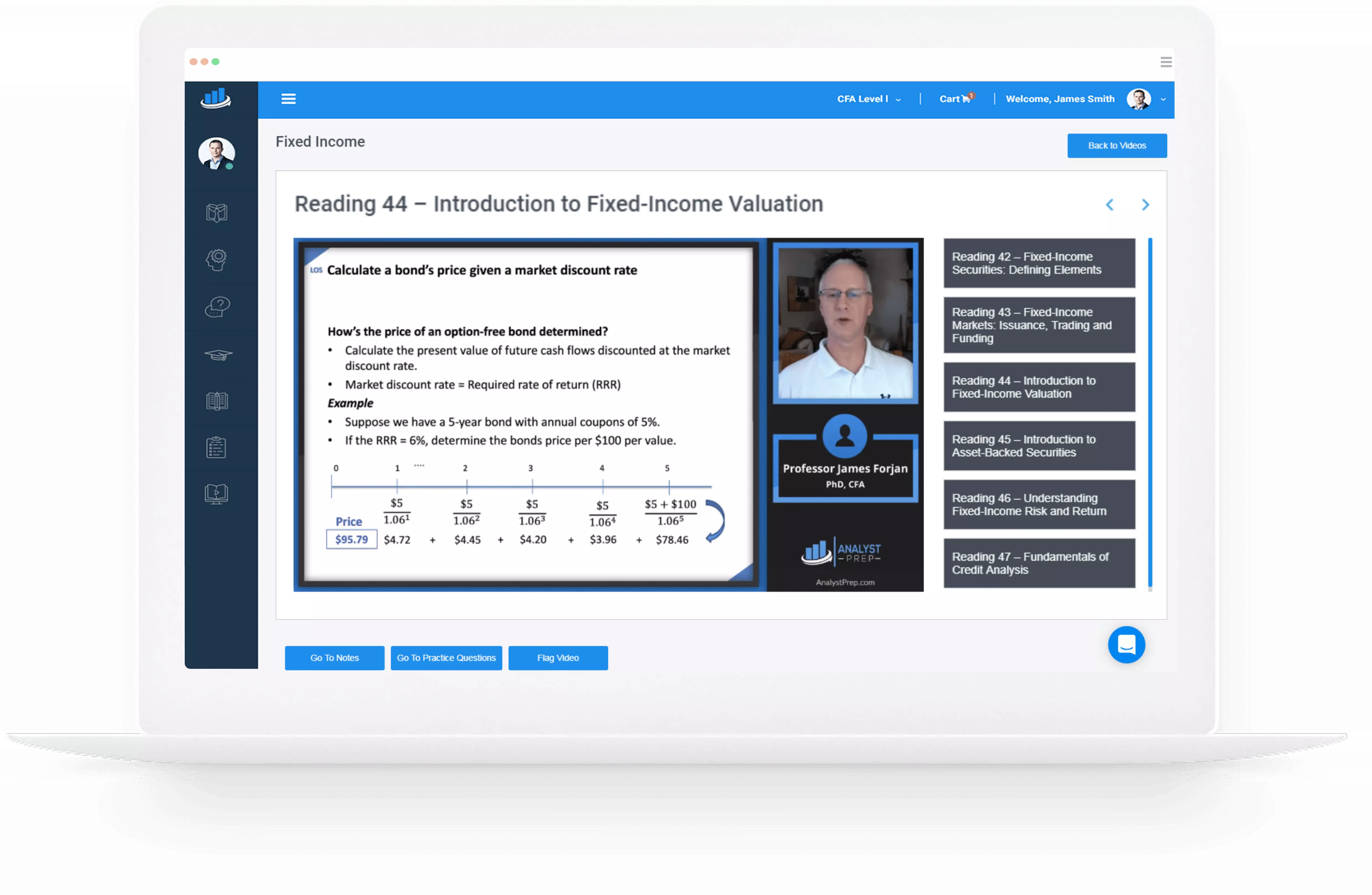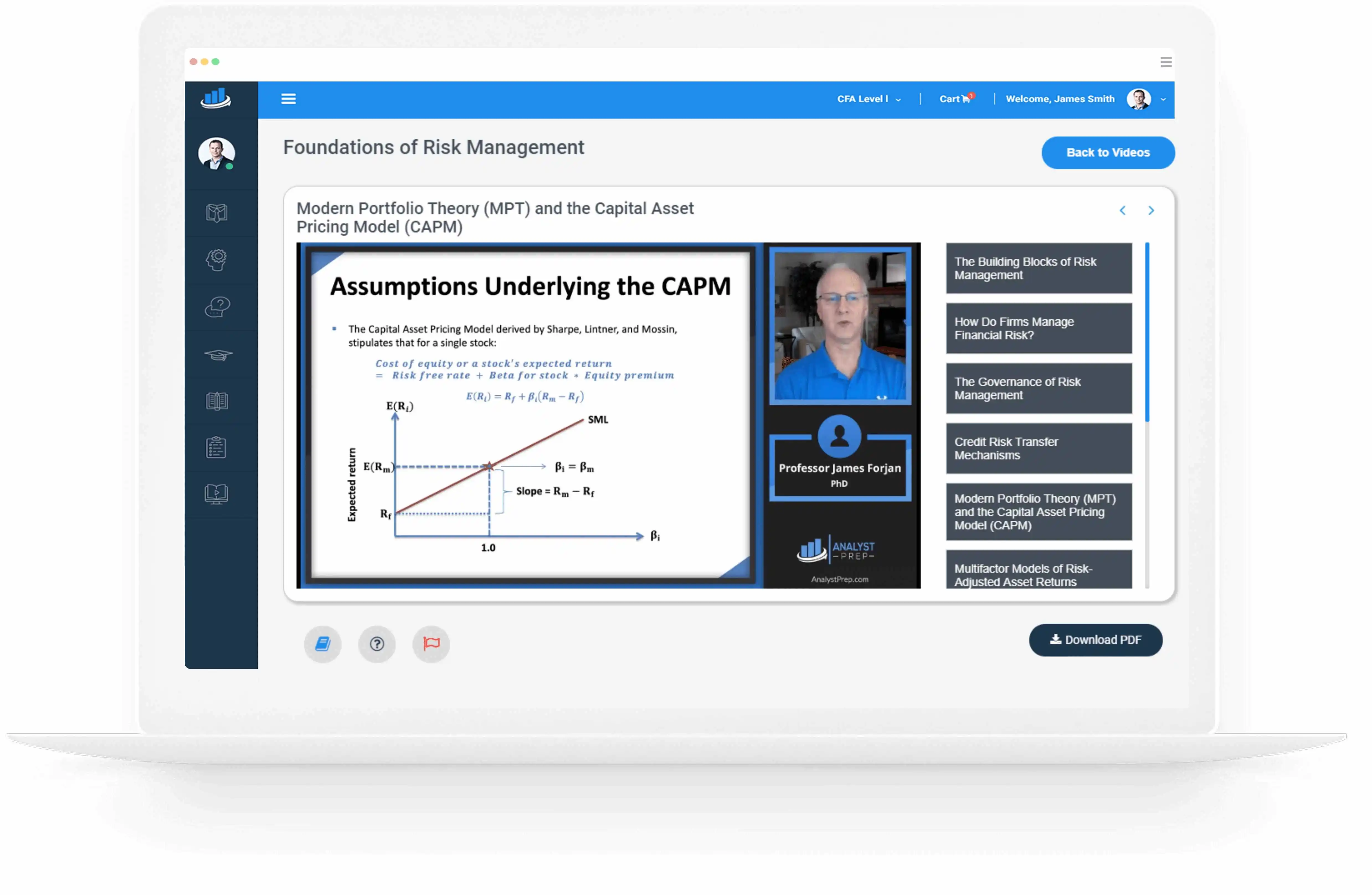Approaches to Active Management
Active Equity Investing Active equity investing aims to outperform a passive benchmark. At a high level, active approaches can be categorized into two main types: Fundamental Approach. Quantitative Approach. Fundamental Approach The fundamental approach aims to generate alpha by picking…
Market-Based Valuation
Analysts frequently attempt to calculate the value of private companies by referencing market-based multiples derived from comparable public companies' stock shares. This approach is favored over the income-based valuation method discussed earlier. While, in some instances, these multiples are modified…
Income Approach Methods of Private Company Valuation
In earlier sections, we discussed adjusting valuation parameters for private companies, including income normalization and required rate of return changes. After determining the firm's value, control, and marketability, premiums or discounts may be applied based on the evaluator's perspective and…
Origins of Gains and Exposure to Risk in Passive Equity Portfolios
Attribution Analysis Attribution analysis is covered in further detail in other sections of the curriculum. Since it pertains to explaining sources of risk and return, attribution analysis is a method of decomposing the investments in a portfolio. Besides, it maps…
Managing Tracking Error
This section builds upon the previous concept of the ‘u-shape’change in tracking error – the initial improvement and subsequent reversal of tracking error as more index securities are added to a portfolio. Several factors contribute to tracking error: Management fees:…
Passive Portfolio Construction
Full Replication Full replication entails purchasing all the individual securities within an index with weightings that closely mirror the index itself. Some indices are better suited for full replication than others, depending on certain factors. Several factors contribute to making…
Pooled Investments
Pooled investments encompass mutual funds and ETFs, topics extensively covered in other parts of the curriculum. Both open-ended and closed mutual funds, along with ETFs, provide various avenues for mirroring index performance. Derivatives-based Strategies Derivatives, such as futures, forwards, options,…
Factor-Based Strategies
Passive Investing Alternatives Pure passive equity investing involves purchasing and holding an index to replicate its performance at a minimal cost. The cost element is crucial – excessive expenses in replication can negatively impact returns over the long term. Larger…
Choosing a Benchmark
Rules Based: A benchmark should have well-defined criteria for including and excluding stocks, including how they are weighted and rebalanced. These rules need to be objectively implemented to allow investors to replicate the index's performance. Transparent: The rules mentioned above…
Guidance on Managing Outsourcing Risk
After completing this reading, you should be able to: Explain how risks can arise through outsourcing activities to third-party service providers and describe elements of an effective program to manage outsourcing risk. Explain how financial institutions should perform due…




